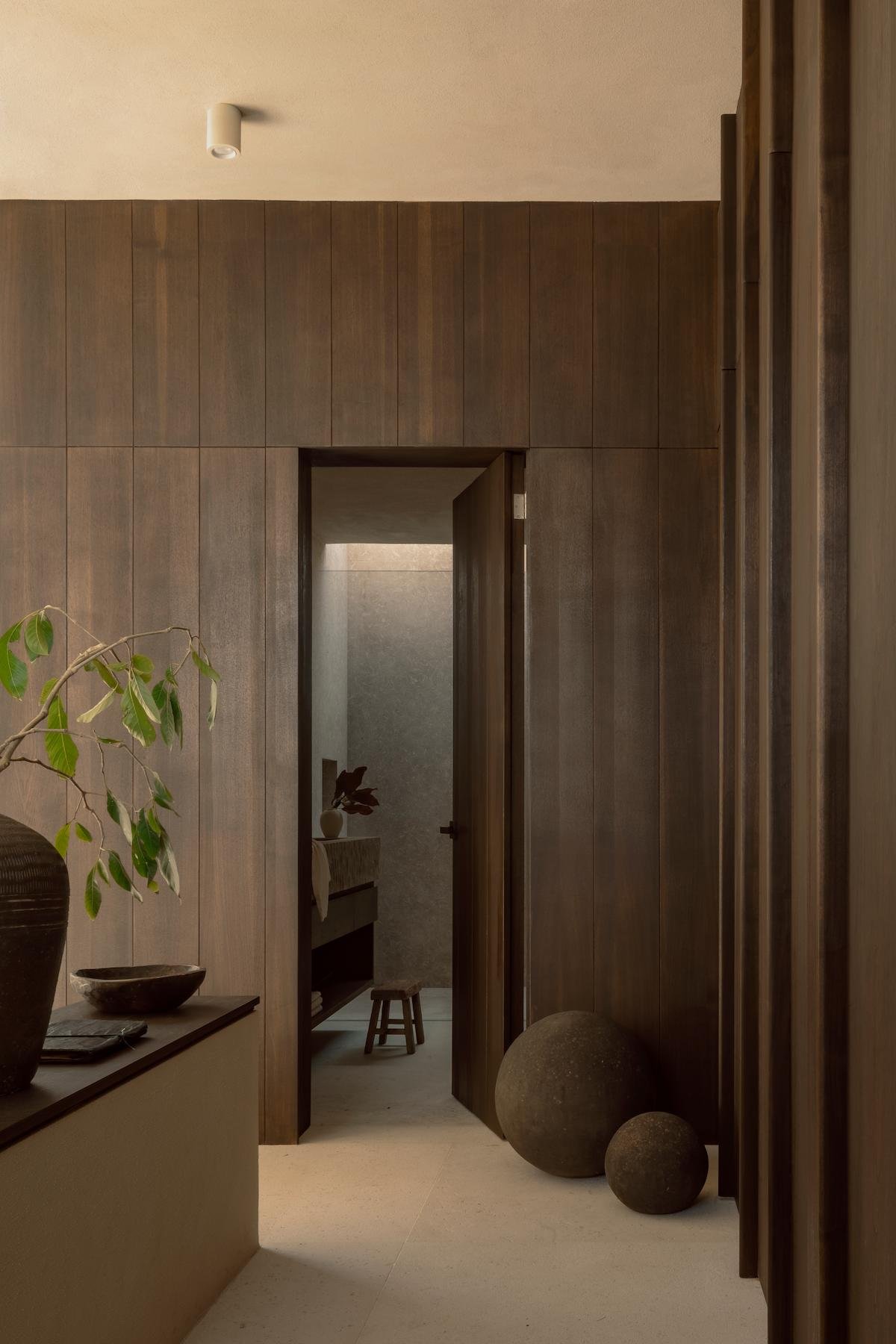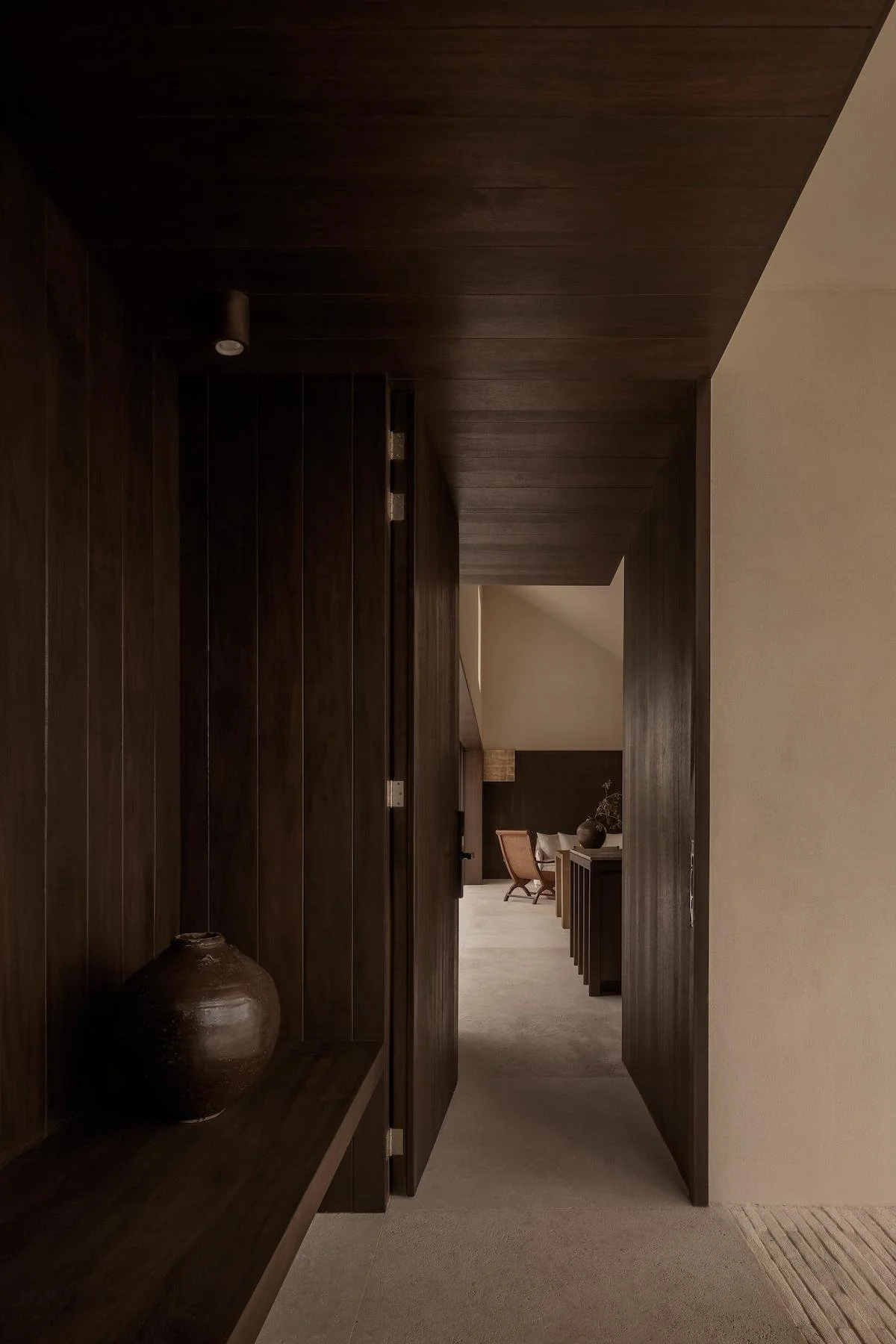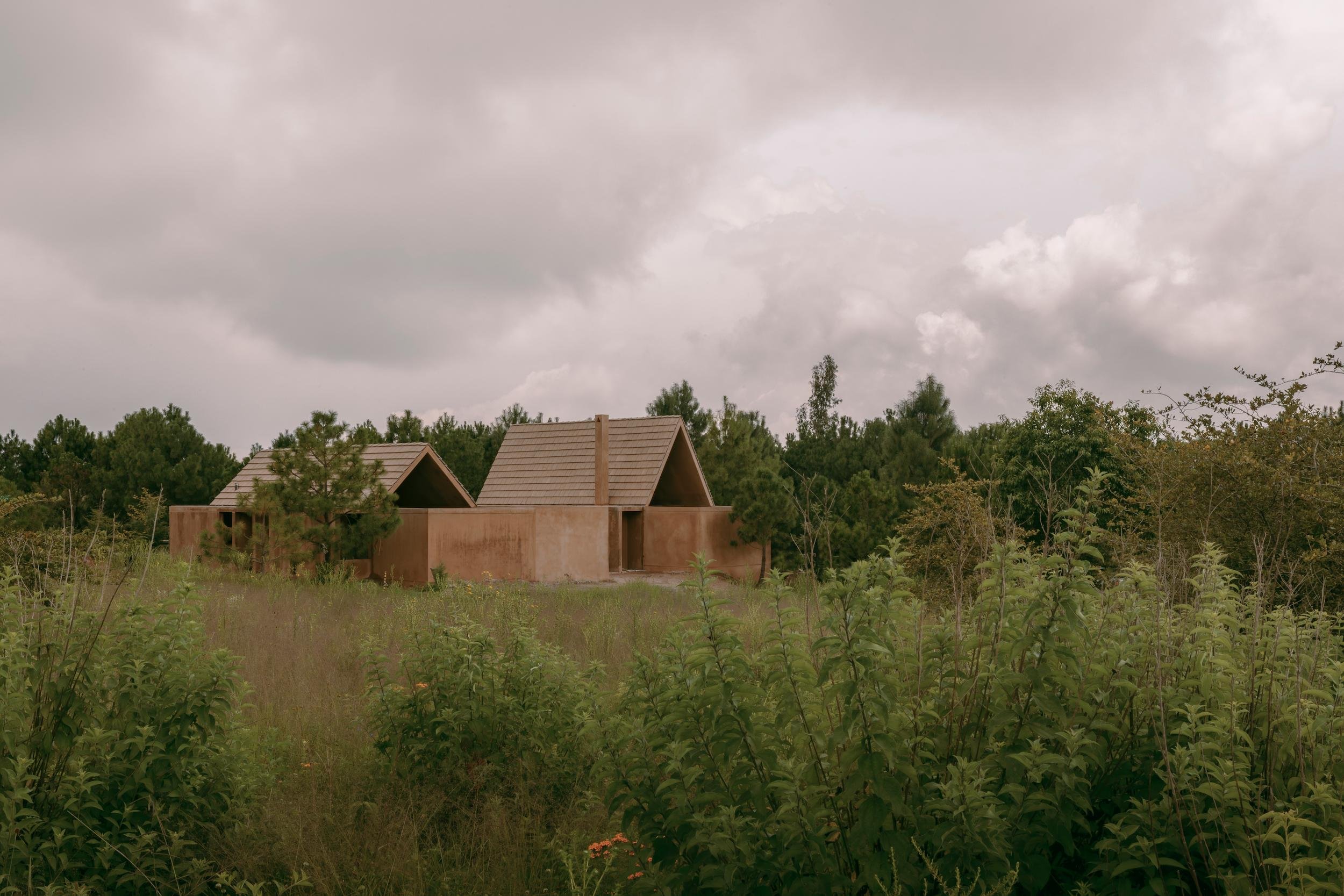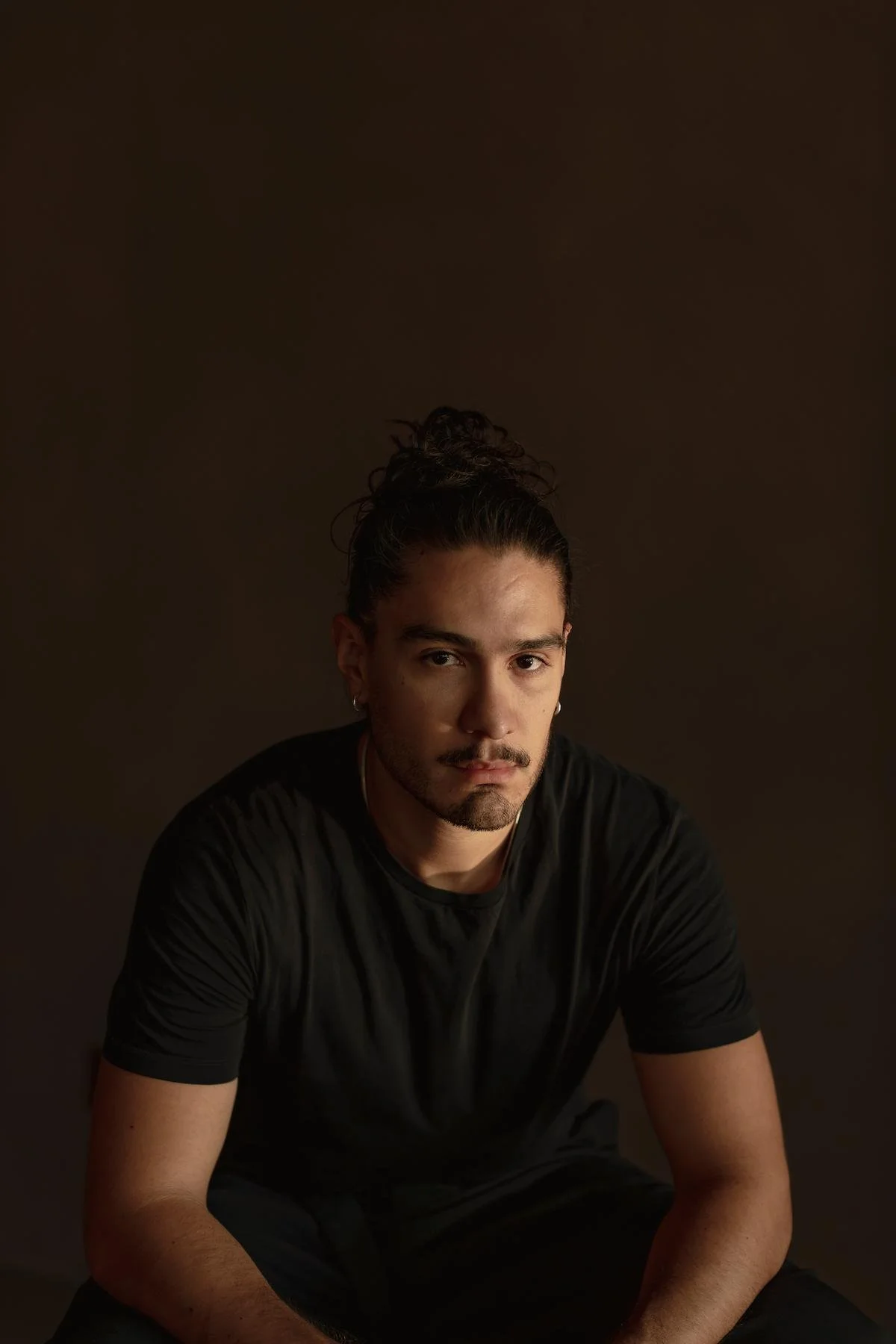Cesar Béjar on Seeing Architecture Through Light and Shadow
Cesar Béjar on Seeing Architecture Through Light and Shadow
The Mexican architect and photographer reflects on how light shapes space and the way we see architecture.
Photographer:
César Béjar
Architect and photographer Cesar Béjar moves fluidly between two disciplines that share a deep sensitivity to light, space, and emotion. Based in Mexico, his work bridges observation and creation, revealing architecture not only as form but as atmosphere. Whether behind the camera or designing spaces himself, Béjar approaches both practices with the same attention to light, proportion, and the quiet presence of space itself.
VISUAL PLEASURE Magazine: You are both an architect and a photographer. How did these two paths come together in your life?
César Béjar: I started taking photos when I was about 10, using my dad’s camera. As I got older, I decided to study architecture, and just before finishing my degree, I realized photography was also a passion of mine. I never hesitated to combine the two.
When you photograph architecture, what is the story you aim to tell beyond documenting the building itself?
There’s always a visual narrative that goes with each project. I make slight adjustments in editing from project to project to highlight their unique qualities, always making sure the image doesn’t overpower the actual content.
Some color corrections work better for more neutral architecture, like those in white or grey concrete, while others enhance warmer materials and more textured designs.
Do you have any rituals or habits that help you prepare before taking photographs or starting a design?
Coffee is always a good companion. I also like to scout the project beforehand and be very punctual with sunrise and sunset shots, because the sun doesn’t wait for anyone.
How do you translate the atmosphere of a space into an image?
The core question I ask myself is: how do I take a photo of the air between the camera lens and the farthest wall? That empty space holds the atmosphere of every project.
Is there a difference in how you approach photographing your own projects versus the work of other architects?
It’s a very similar process. At first, with my own early projects, I felt it would be harder not wanting to leave anything out, trying to tell the full story by photographing every corner.
But more recently, it’s become an exercise in synthesis. I focus on understanding which spaces are truly relevant, even if that means leaving some out. This kind of synthesis is something I’ve practiced with many clients and mentors, people who deeply understand their projects and know exactly what they want to communicate through photography.
Light is central to both your photography and architecture. How does it guide your creative process?
Besides light, I’d also include shadow in that formula. Photography has taught me how to detect spatial quality, how lighting affects the way we perceive, feel, and experience comfort in a space.
The right placement, size, and orientation of a window can completely change the atmosphere of a place.
What is the most surprising thing photography has taught you about architecture?
It has taught me to understand architecture in a deeper way. The way I read a space is different in person than through the camera. There’s a first reading when I walk through the space without the camera and see it with my own eyes; a second reading when I take the photographs and understand the space through the lens; a third reading appears while I’m editing the images, seeing the space on a screen; and a fourth and final reading comes when the images are published somewhere, where I try to see the spaces as if I had never visited or photographed them. I like to imagine how someone else might experience the image and understand the space. I like to think that this process somehow enriches my experience and understanding of architectural spaces.
Mexico’s design and architecture scene is gaining global recognition. How does working within this context influence your work, and what do you hope your work contributes to its future?
I see architectural photography as a way to document the architectural history of a specific time in Mexico and around the world. One day, these images will become part of a collective archive that helps future generations look back and understand the past with greater clarity.
What has been the most inspiring place you’ve traveled to recently, and why?
India. It’s a country full of color, culture, and beauty in all forms. I feel strong echoes between India and Mexico, despite the distance.
Looking to the future, do you see yourself leaning more towards architecture, photography, or continuing to merge the two?
I’ll continue along both paths. The balance will probably lean toward doing more architectural projects and less photography, but I will definitely document my own work as well as projects I find interesting.



















